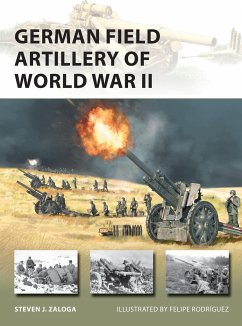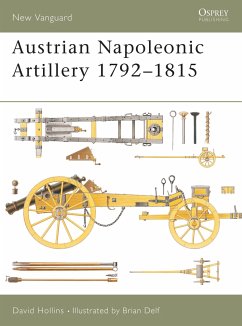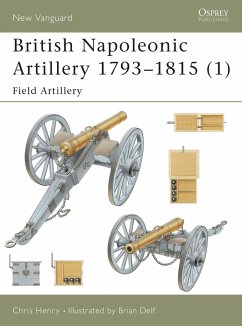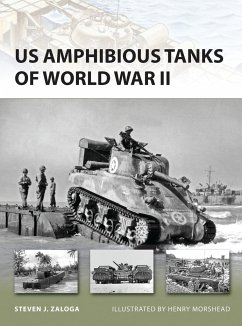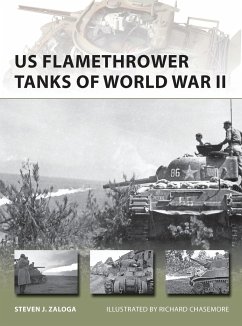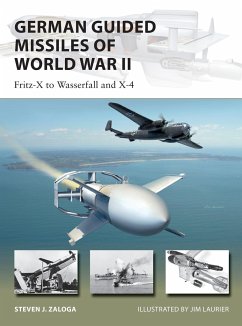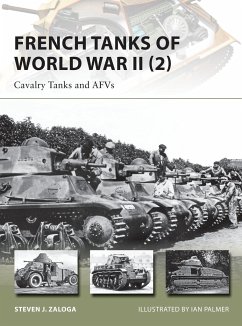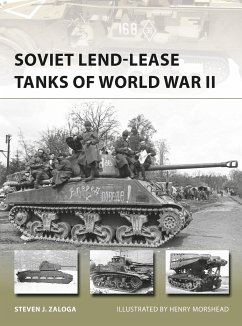
US Field Artillery of World War II
Versandkostenfrei!
Versandfertig in über 4 Wochen
15,99 €
inkl. MwSt.
Weitere Ausgaben:

PAYBACK Punkte
8 °P sammeln!
Providing an examination of the many critical innovations and doctrines, and the impact they had on performance in combat, this book demonstrates why US field artillery was so effective in World War II. It explores the weapons that formed the backbone of the US artillery arsenal in World War II.




